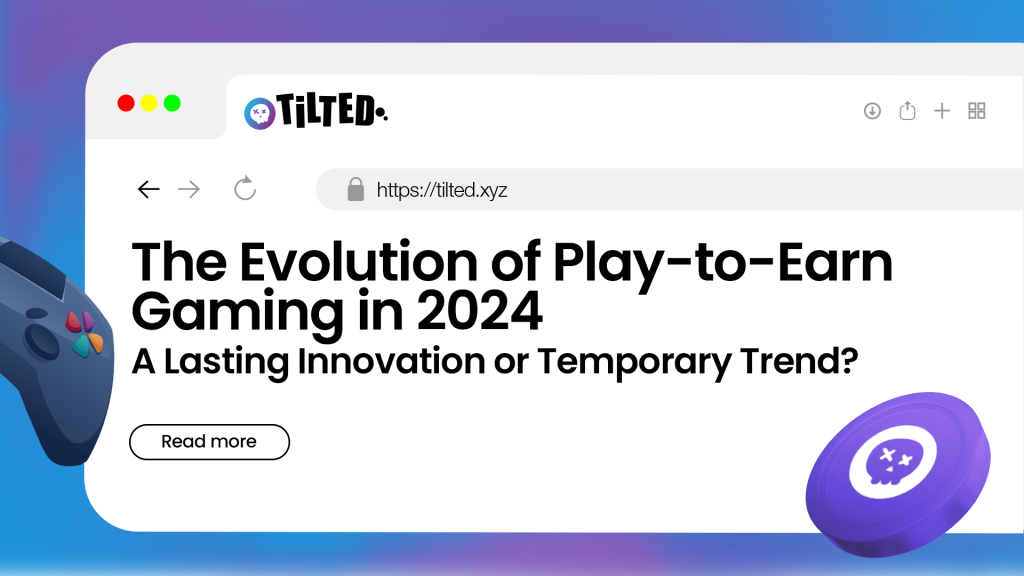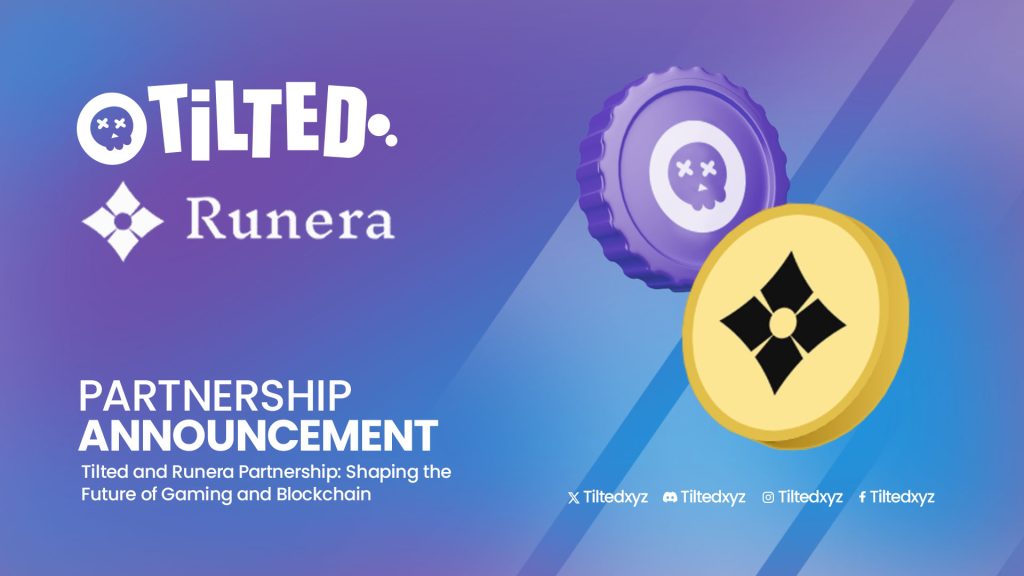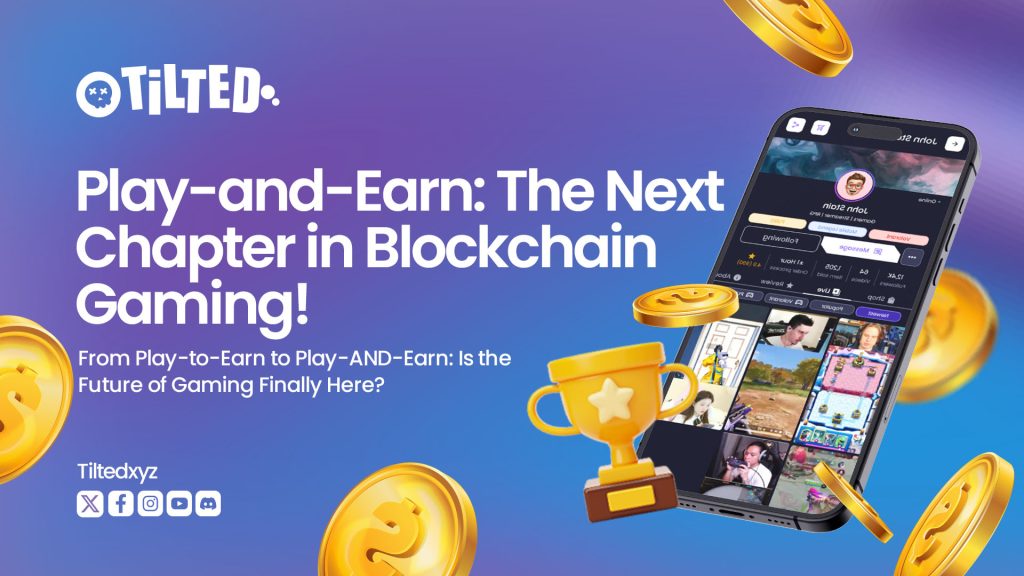The play-to-earn (P2E) model revolutionized the gaming landscape by allowing players to earn real-world rewards for their in-game efforts, typically in the form of cryptocurrency or NFTs. Since the initial buzz, P2E has faced its fair share of skepticism, with some critics labeling it a passing trend. But with more developers integrating P2E mechanics into their games, there’s renewed interest in whether this model represents a transformative change for the gaming industry or just a fleeting moment of hype.
The Rise of Play-to-Earn Games
Initially, P2E games captured the public’s attention by offering players an opportunity to monetize their gaming skills. Games like Axie Infinity and Decentraland introduced millions of players to blockchain technology, making it possible for users to earn crypto assets through gameplay. At its core, P2E enables players to generate real-world value by engaging in activities like winning battles, collecting rare items, or completing in-game tasks. The appeal of earning while playing led to a boom in P2E adoption, particularly in regions with low average incomes where players could earn substantial rewards.
Play-to-Earn in 2024: What’s Changed?
In 2024, P2E games have evolved to be more sophisticated and diversified. Developers are now experimenting with hybrid models that combine traditional gaming experiences with blockchain-based economies. Here are some of the key developments that are shaping P2E games today:
- Enhanced Game Quality: Early P2E games often focused on the earning aspect rather than gameplay quality. Today, developers are emphasizing engaging storylines, refined graphics, and robust gameplay mechanics to make games enjoyable, regardless of their earning potential.
- Economic Sustainability: One of the major criticisms of P2E was the unsustainable economic models of many early games. Now, developers are exploring ways to create sustainable tokenomics by balancing in-game economies, reducing inflation, and ensuring that rewards maintain their value over time.
- Regulatory and Security Improvements: With more attention on the crypto and gaming sectors, regulations are becoming clearer. Enhanced security measures and compliance protocols make P2E safer and more appealing for players and investors.
- Integration with Traditional Games: Many traditional game developers are exploring P2E elements, but without fully committing to the model. Instead of purely blockchain-based rewards, some games are introducing collectible items, limited-edition skins, or in-game currency that holds real value.
The Potential of P2E: What Makes It More Than a Fad?
- Ownership and Control: P2E games are unique because they allow players to truly own their in-game assets. Unlike traditional games where items or characters are locked within the game, P2E models often make use of NFTs, giving players the freedom to trade or sell items outside the game’s ecosystem.
- Community and Engagement: P2E games encourage greater community involvement, with players becoming key stakeholders in game development through decentralized autonomous organizations (DAOs). This model fosters a sense of investment in the game’s future, aligning developers’ goals with players’ interests.
- Financial Accessibility: For people in many parts of the world, P2E offers a unique opportunity to earn income. While these earnings may not be life-changing in high-income regions, they can be significant for players in emerging markets.
Challenges Facing P2E in 2024
Despite its growth, the P2E model still faces challenges that could limit its potential.
- Market Volatility: Crypto assets are inherently volatile, and fluctuations in token value can make earnings unpredictable.
- Barrier to Entry: Some P2E games require initial investments in NFTs or tokens, which can be a barrier for new players.
- Gameplay Limitations: While the quality of P2E games is improving, many still have simpler gameplay compared to traditional titles, potentially limiting their long-term appeal.
The Future of P2E: What Lies Ahead?
Looking forward, P2E’s future may lie in its integration with traditional gaming. Games that skillfully blend P2E elements with immersive gameplay may attract a broader audience and help reshape the model’s reputation. As game developers refine economic models, create compelling narratives, and focus on player experience, P2E could become a key part of the gaming industry rather than a standalone trend.
Final Thoughts
Play-to-earn gaming continues to evolve, offering both exciting opportunities and significant challenges. In 2024, it seems likely that P2E will not disappear, but it may continue to adapt, innovate, and merge with mainstream gaming. Whether P2E represents a fundamental shift in how we view games or remains a niche, its influence is undeniable—and the journey is just beginning.



